Walled Villages and Colonial History in Latin America
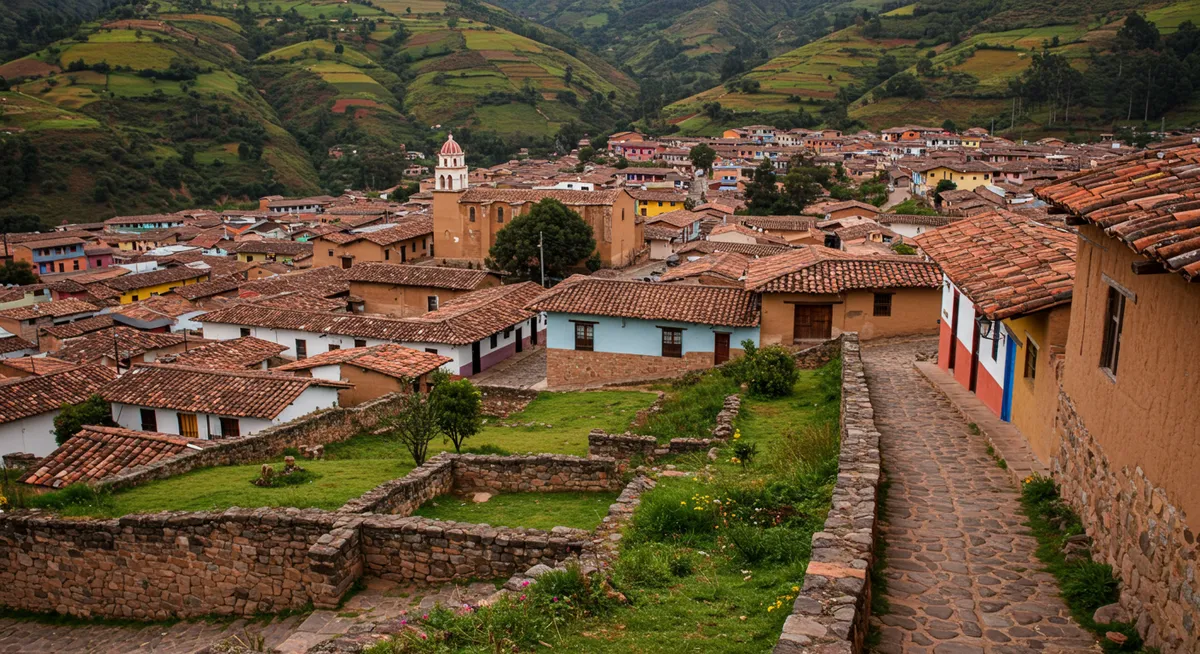
Walled Villages and Colonial History in Latin America
Latin America harbors extraordinary historic settlements that chronicle the region's complex heritage, from pre-Columbian indigenous civilizations to Spanish colonial influence and post-independence development. Unlike Europe's medieval villages, these historic towns tell different stories—of ancient American civilizations, conquest and resistance, colonial wealth, and cultural fusion. From cobblestone plazas to ancient stonework, these remarkable places have preserved their architectural and cultural integrity despite centuries of change, offering visitors authentic connections to the region's multilayered past.
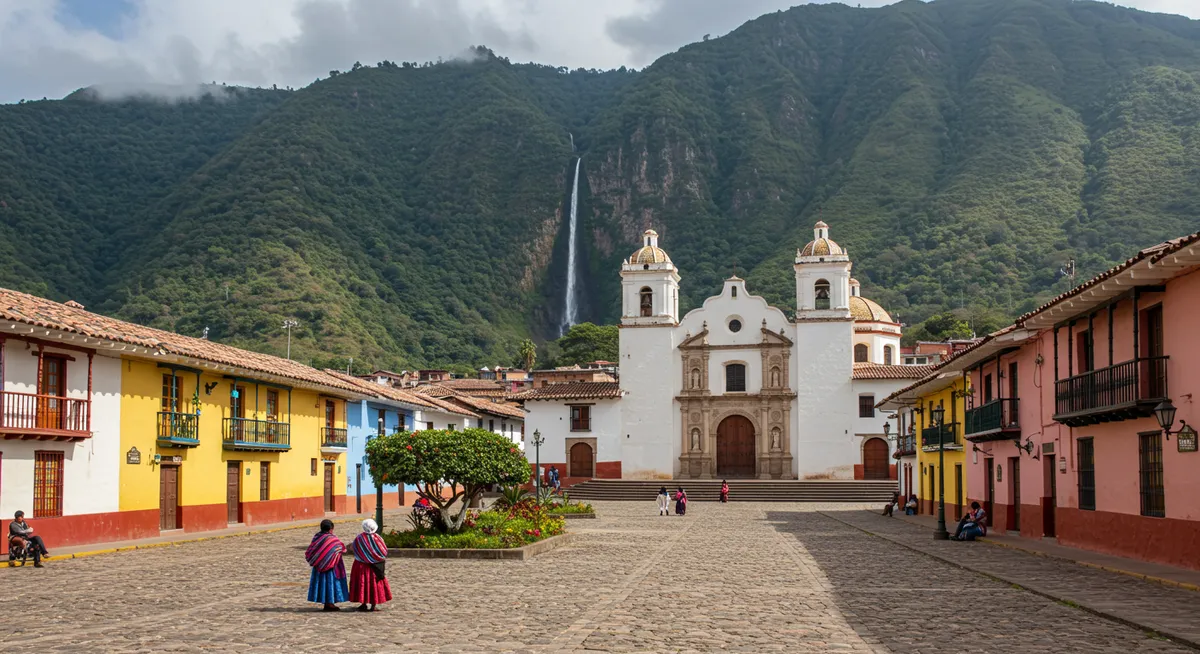
1. Villa de Leyva: Colombia's Colonial Time Capsule
Nestled in the Andean highlands of Colombia's Boyacá department, Villa de Leyva stands as one of South America's most perfectly preserved colonial towns. Founded in 1572, this extraordinary settlement centers around one of the largest cobblestone plazas on the continent, surrounded by whitewashed buildings with terracotta tile roofs. Set against a backdrop of arid mountains and protected by strict preservation laws, Villa de Leyva offers visitors an authentic journey into Spanish colonial architecture and atmosphere with minimal modern intrusions.
What Makes It Special
- Plaza Mayor: Features an enormous 14,000-square-meter cobblestone square, one of the largest in South America
- Architectural Uniformity: Consistent whitewashed colonial architecture with wooden balconies and terracotta roofs
- Minimal Modernization: Strict preservation regulations maintain the town's 16th-century appearance
- Desert-Like Setting: Surrounding arid landscape creates a distinctive backdrop unlike most lush Colombian regions
Historic Significance
Villa de Leyva was founded in 1572 by Spanish conquistador Andrés Díaz Venero de Leyva, becoming an important agricultural center and regional hub. The town's unusual desert-like surroundings made it suitable for growing wheat, making it a breadbasket for the Viceroyalty of New Granada. Its economic importance and strategic location led to the construction of significant religious and civic buildings. Unlike many colonial towns that modernized with economic cycles, Villa de Leyva experienced economic stagnation in the 19th century, inadvertently preserving its colonial architecture. In 1954, the Colombian government declared it a National Monument, implementing strict preservation laws that maintain its historic integrity.
What to Experience
Stroll the enormous Plaza Mayor, especially atmospheric at sunset when the surrounding mountains cast dramatic shadows. Visit the Casa Museo Antonio Nariño, once home to this important independence leader. Explore the town's impressive religious buildings, including the Carmelite monastery and the stone church of Nuestra Señora del Rosario. Discover nearby paleontological sites, including the Museo El Fósil featuring a complete 120-million-year-old kronosaurus fossil. Enjoy the town's vibrant cultural festivals, including the Festival of Lights in December and the Festival of Kites in August.
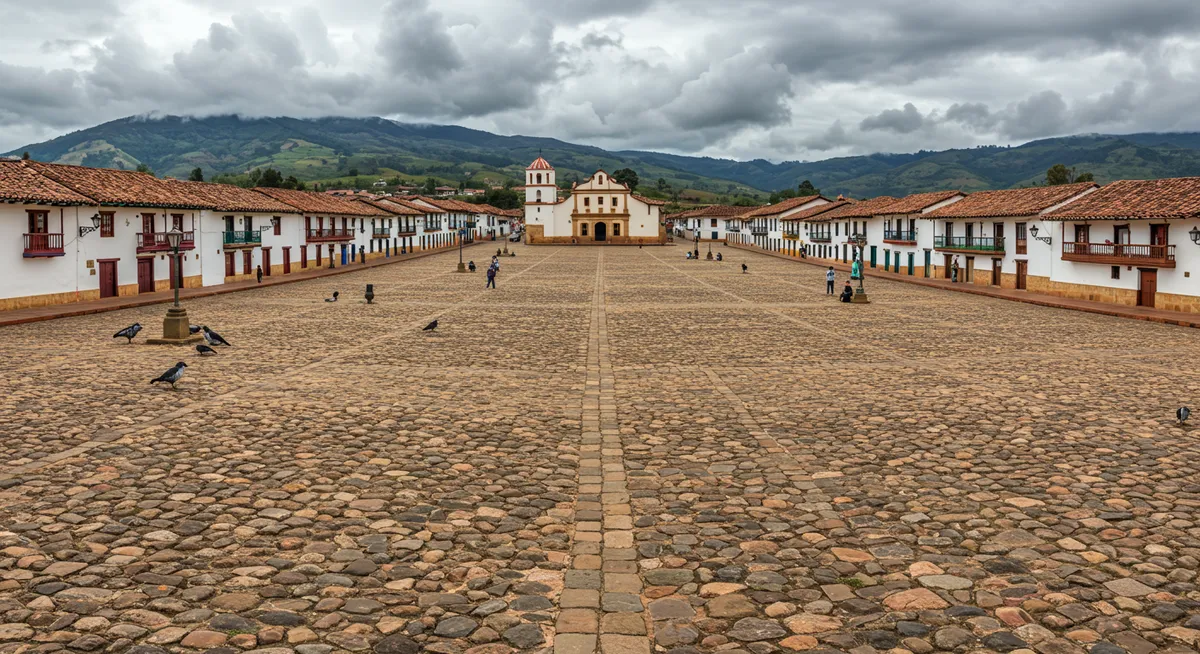
2. Ollantaytambo: Living Inca Town of the Sacred Valley
Unlike most historic settlements in Latin America, Ollantaytambo in Peru's Sacred Valley offers something extraordinary—a town where visitors can experience both spectacular Inca ruins and a living community that has maintained continuous occupation since pre-Columbian times. Set at the junction of the Urubamba and Patakancha rivers, this remarkable settlement features intact Inca street layouts, irrigation systems, and stonework. While most famous for its monumental temple-fortress, Ollantaytambo's greatest treasure may be its living heritage, with residents occupying buildings with Inca foundations and maintaining ancient agricultural and social practices.
What Makes It Special
- Continuous Habitation: One of the few places where people still live in buildings with original Inca walls and foundations
- Living Inca Urban Planning: Maintains the original Inca street grid, irrigation canals, and urban layout
- Monumental Architecture: Features both the spectacular temple-fortress and the less-visited but equally impressive storehouses and terraces
- Strategic Location: Positioned at the entrance to the Urubamba Valley, controlling access to the Sacred Valley and routes to the Amazon
Historic Significance
Ollantaytambo was established as a royal estate by Emperor Pachacuti in the mid-15th century, serving both religious and military functions. The site gained particular historical importance during the Spanish conquest when it became the stronghold of Manco Inca, who successfully repelled Spanish forces in 1536—a rare victory against the conquistadors. The town's layout follows classic Inca urban planning principles, with streets arranged in a perfect grid (canchas) and homes surrounding central courtyards. Unlike many Inca sites abandoned after conquest, Ollantaytambo maintained continuous habitation, with colonial and modern elements gradually incorporating into the Inca foundation while preserving the original structure and character.
What to Experience
Explore the massive temple-fortress complex with its monolithic stones and sophisticated terracing system, representing some of the finest Inca stonework. Wander the old town's perfectly preserved Inca streets, where water still flows through original stone channels. Visit a traditional home to see how modern life integrates with ancient Inca foundations, walls, and niches. Discover the less-visited but equally impressive granaries and storage buildings perched on the mountainside opposite the main ruins. Participate in traditional weaving demonstrations that continue age-old textile techniques using natural dyes and designs with pre-Columbian origins.
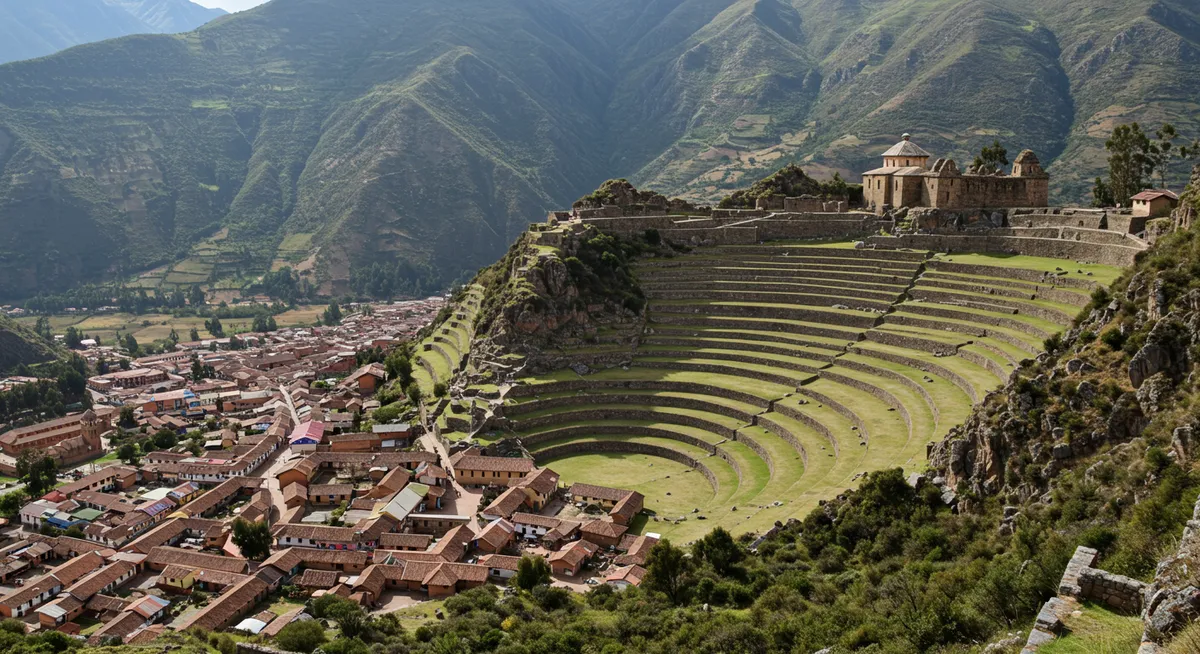
3. Real de Catorce: Mexico's Silver Ghost Town Reborn
Isolated high in the sierra of San Luis Potosí state, accessible only through a 2.3-kilometer tunnel, Real de Catorce presents one of Mexico's most atmospheric historic villages. This former silver mining boomtown, which once housed 40,000 residents during its 18th-century heyday, nearly became a complete ghost town before being revitalized as a pilgrimage site and cultural destination. Its cobblestone streets, crumbling colonial buildings, and dramatic mountaintop setting create an eerily beautiful environment that captures the boom-and-bust cycle of Latin America's mining history.
What Makes It Special
- Spectacular Isolation: Located at 9,000 feet in a remote mountain range, accessible only through a long one-lane tunnel
- Spiritual Significance: Important pilgrimage site for both Catholics visiting the Parish of the Immaculate Conception and Huichol indigenous people
- Mining Heritage: Abandoned mines, haciendas, and processing facilities tell the story of Mexico's silver boom
- Architectural Contrast: Features both grandly restored buildings and atmospheric ruins within the same streetscape
Historic Significance
Real de Catorce was founded in 1772 following the discovery of rich silver deposits in the surrounding mountains. The town's name ("Royal Fourteen") reportedly refers to fourteen Spanish soldiers killed by indigenous people in the area. During its peak in the late 18th and early 19th centuries, the mines produced enormous wealth, financing the construction of impressive colonial buildings including a grand parish church and mint. After Mexico's independence, foreign companies continued operations until the early 20th century when falling silver prices, the Mexican Revolution, and depleted ore led to abandonment. By the 1970s, the population had dwindled to just 300 people before the town found new life as a pilgrimage destination and later as a cultural and film location.
What to Experience
Enter the town through the iconic Ogarrio Tunnel, a 2.3-kilometer passage blasted through the mountain in 1901 that remains the only vehicle entrance. Visit the Parish of the Immaculate Conception, where thousands of pilgrims come annually to pay homage to St. Francis of Assisi. Ride on horseback or hike to the Pueblo Fantasma (Ghost Town) area with abandoned mining facilities and spectacular desert views. Witness Huichol pilgrims who travel to Wirikuta, their sacred desert, to collect peyote and perform ancient ceremonies. Explore the restored Casa de Moneda (mint) and mining museum showcasing the town's silver production heritage.
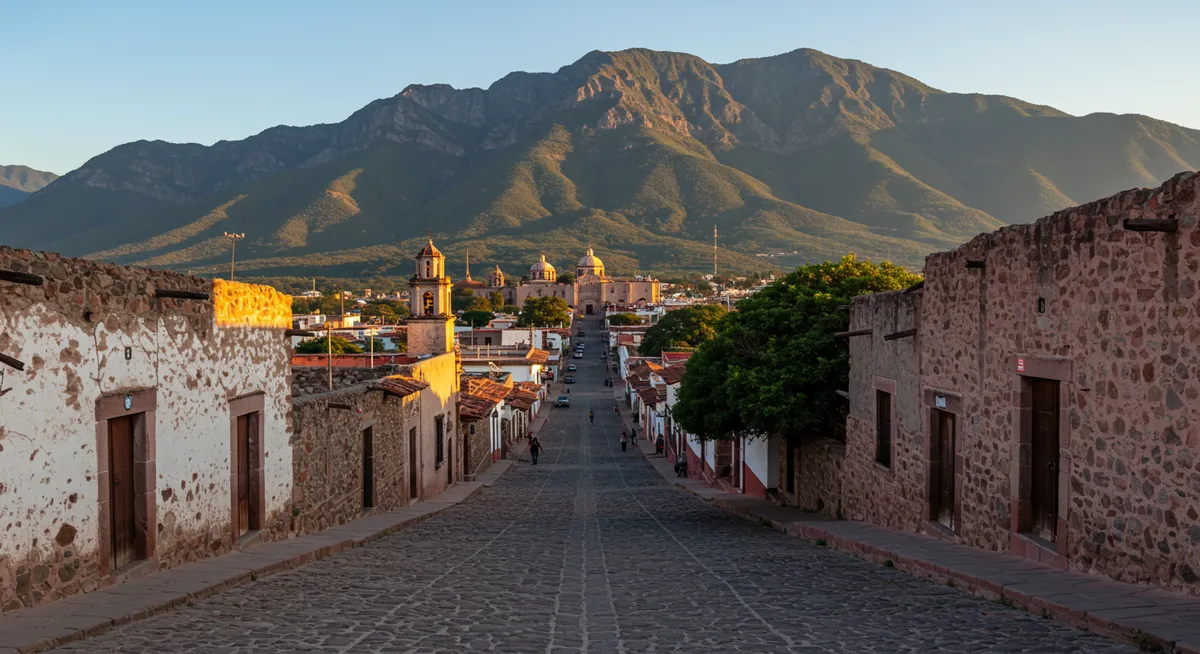
4. Barichara: Colombia's Most Beautiful Village
Often called Colombia's prettiest pueblo, Barichara in Santander province captivates visitors with its perfect combination of harmonious colonial architecture, immaculate cobblestone streets, and spectacular views over the Suárez River canyon. Founded in 1705 and seemingly suspended in time, this immaculately preserved settlement features consistently beautiful architecture rendered in warm sandstone and terracotta, creating a uniform aesthetic rarely found even in well-preserved colonial towns. Barichara's name, derived from a Guane indigenous word meaning "place of rest," perfectly captures the tranquil, timeless atmosphere that continues to define this remarkable historic village.
What Makes It Special
- Architectural Harmony: Features extraordinarily consistent colonial architecture using local sandstone and terracotta
- Artisanal Heritage: Maintains living traditions of stone carving, papermaking from natural fibers, and traditional construction techniques
- Pristine Preservation: Immaculately maintained streets, buildings, and public spaces with minimal modern intrusions
- Dramatic Setting: Perched on a hill with spectacular views over the Suárez River canyon and Andes mountains
Historic Significance
Barichara's history begins with the miraculous appearance of an image of the Virgin Mary on a stone in 1702, which led to settlement by Spanish colonists in territory previously inhabited by the Guane indigenous people. The town developed as a regional religious and administrative center, with its distinctive architecture evolving from local materials and building techniques. Unlike many colonial settlements that experienced dramatic economic cycles, Barichara maintained relatively consistent prosperity as an agricultural and artisanal center, helping preserve its architectural integrity. The town was declared a National Monument in 1978, leading to careful conservation efforts that maintain its historic character while supporting sustainable tourism.
Latin American Heritage: Journeys Through Colonial and Indigenous History
Latin America's historic villages offer diverse experiences reflecting the region's complex history. Consider these themed routes to explore these remarkable places:
- Colonial Architecture Tour: Begin at Villa de Leyva and Barichara to experience Colombia's perfectly preserved Spanish colonial settlements
- Indigenous Heritage Journey: Visit Ollantaytambo to discover living connections to pre-Columbian civilizations and traditional Andean culture
- Mining History Exploration: Experience Real de Catorce and other settlements that showcase Latin America's important mining heritage
- Cultural Fusion Discovery: Explore villages where indigenous and European influences have created distinctive architectural and cultural expressions
Travel Tip: Most Latin American historic villages are located at high elevations, which can cause altitude sickness for unprepared visitors. Consider spending a day or two acclimatizing in a larger city before visiting these mountain settlements, and stay well hydrated throughout your journey.
Related Content
If you're interested in Latin America's historic villages, you might also enjoy these related articles:

Hidden Gem Towns in the American South
Discover enchanting small towns across the American South that offer authentic experiences and rich cultural traditions.
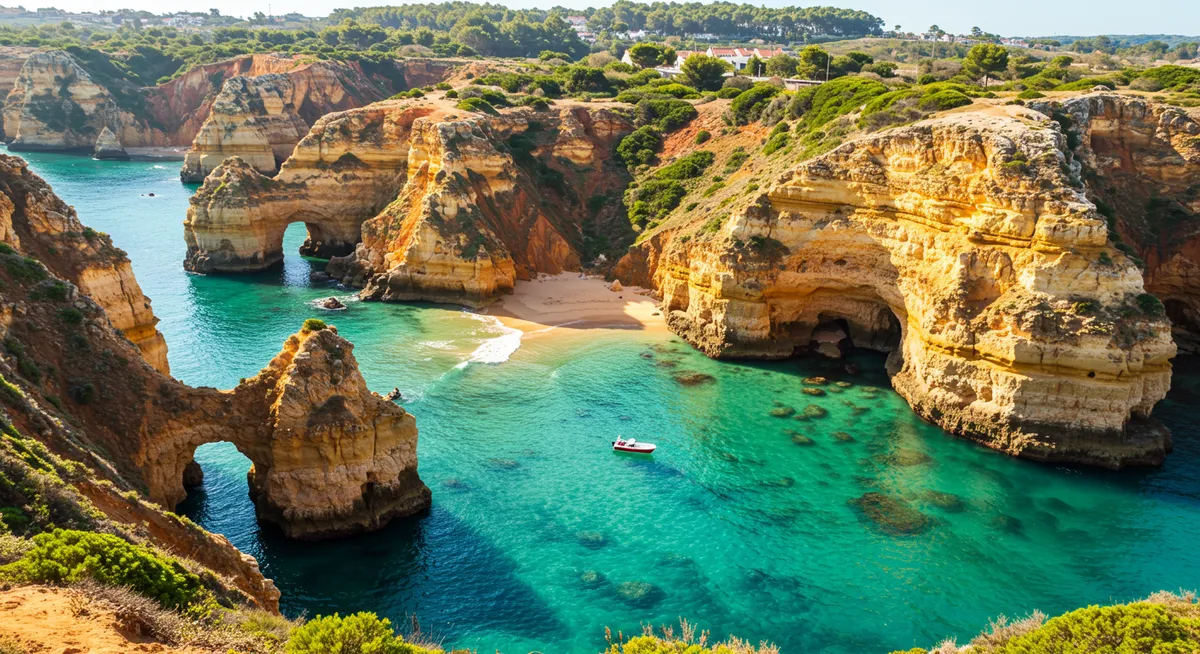
Secret Villages of Portugal
Explore Portugal's most enchanting hidden villages from medieval Óbidos to the mountaintop sanctuary of Monsanto.
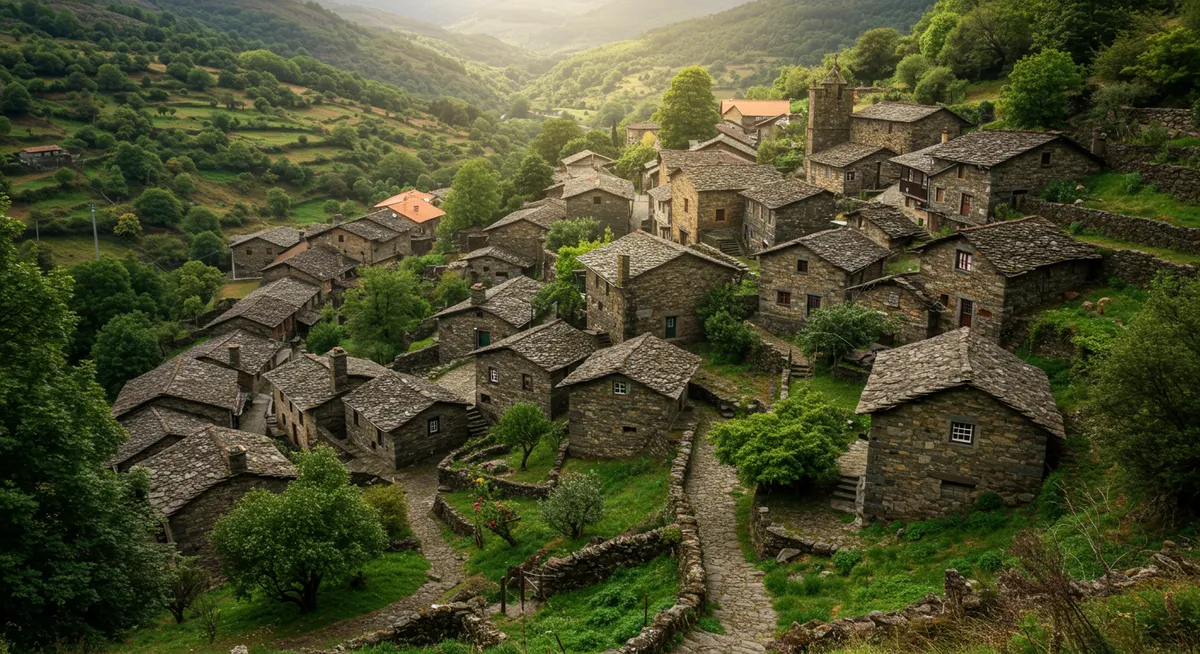
Portugal's Schist Villages
Discover Portugal's extraordinary schist villages, where traditional stone architecture creates timeless settlements.
Explore More Historic & Hidden Gem Villages
Discover more extraordinary villages across the Americas and beyond.